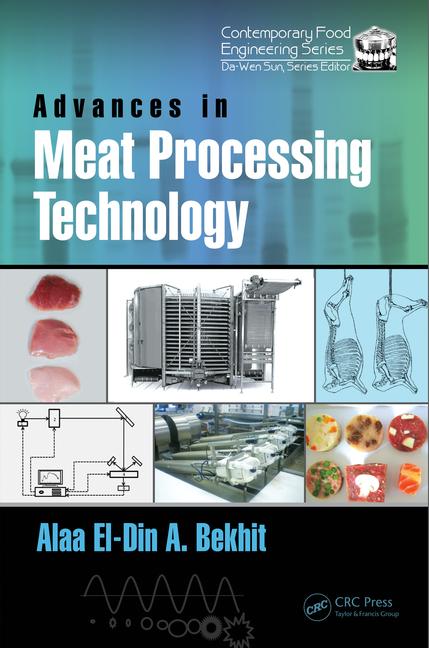Increase in the cow herd appears unlikely until 2026
High frequency data available continues to suggest that producers have yet to start rebuilding the herd.

Photo credit: Steiner Consulting
Herd rebuilding has been a hot topic of conversation, and that is likely to continue well into 2025.
The reason is that data to support one side or the other of the argument is limited, leaving plenty of room for debate. It does not help that USDA decided to discontinue the semi-annual count of the cattle herd.
The July inventory survey provided an update on the size of the cattle herd mid-year. More important, it provided an updated account of heifer retention for beef and dairy cow herd replacement. In January, producers indicated that the number of heifers retained for beef cow herd rebuilding would be down 1.4% from the previous year and the lowest since USDA started to track the series back in 1965. That did not bode well for herd rebuilding activity and now we must wait until next January to get another update.
Some of the high frequency data available continues to suggest that producers have yet to start rebuilding the herd.
One indication of herd rebuilding activity in the past has been the decline in the number of female cattle going to slaughter. This is viewed relative to overall cattle slaughter. Previously herd rebuilding activity got under way when the ratio of female cattle slaughter to total slaughter declined under 47.5%.. The decline would have to take place over many months as producers decided to hold on to the cows already in the herd and decided to breed more heifers rather than send them to the feedlots. During the previous cycle, the cow herd registered the first y/y increase in January 2015. The 52-week moving average of the female slaughter ratio dropped under 47.5% the previous year. The female cattle ratio has dropped to around 47.5% the last three months, but that is not enough to suggest herd rebuilding is under way.
The last cattle on feed report indicated placements in July were up 6% higher than a year ago. This would be hard to accomplish if producers were holding back more heifers for breeding purposes. The share of heifers in feeder cattle sales also remains well above the levels observed in 2013-14.
If anything can be gleaned from current data, it is that producers have stopped the liquidation process. If current trends persist, then the best we can hope for is herd rebuilding starting in 2025 and the first y/y increase in the cow herd in 2026.
Looking for a reprint of this article?
From high-res PDFs to custom plaques, order your copy today!








